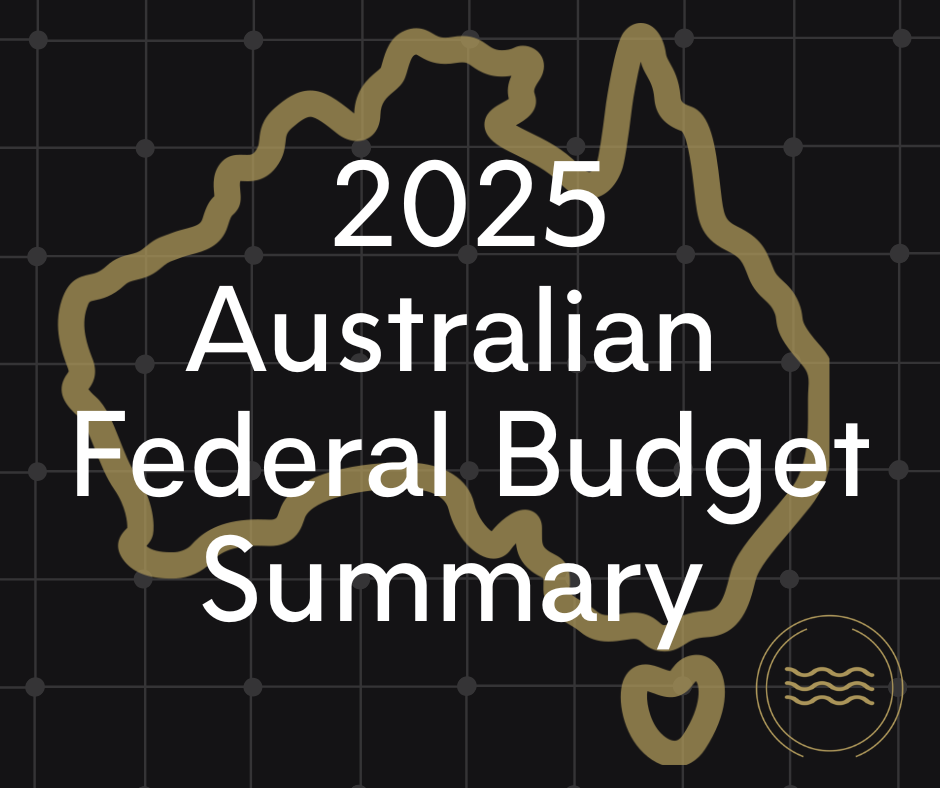
#IndiaU.S.TaxTreaty Ep. 2: Article 4 – Residence
We have heard “a dollar saved is a dollar earned,” and given the current economic environment, my readers have a few common questions like “what is the cost to save that dollar?” or “what is the tax impact if I move to the U.S. or out of the U.S.?”
In the language of tax, the answer is your tax cost depends on the country of your “residence.” The determination is primarily in how the domestic tax legislation defines “residence.” Still, where you are a resident of two or more countries, tie-breaker rules under the tax treaty apply to determine your country of residence. The relevance is that the country of your residence generally has the right to tax you on your worldwide income; therefore, you should consult an advisor.
If domestic tax legislation defines “residence,” what is the relevance of tax treaties?
Before dwelling directly on the India-U.S. DTA, let’s read the definition of “residence” under the Indian and U.S. federal tax legislation.
Definition: Indian Tax Legislation
Section 6 of the Income Tax Act, 1961, states about residence in India. An individual is an Indian resident if the below conditions are satisfied during the financial year (i.e., from 1st April to 31st March of the following year):
- stays for 182 days or more in India; or
- stays for 365 days or more in four years preceding the financial year.
The above clause (b) substitutes “365 days or more” to “60 days or more” where:
- an Indian citizen leaves India for employment purposes outside India or as a member of the crew of an Indian ship (as defined in clause (18) of section 3 of the Merchant Shipping Act, 1958).
- an Indian citizen or someone of Indian origin (POI) visits India.
Please note that beginning 1st April 2021, an Indian citizen (who is not liable to tax in any other country because of their domicile or residence or other criteria of a similar nature) and earns Indian sourced income exceeding INR 1.5 million (~USD 18,000) is considered to be an Indian resident.
An individual is ‘not ordinarily resident’ of India in a financial year where they have been:
- a non-resident in India for either 9 out of 10 previous financial years preceding the financial year under consideration.
- stayed for 729 days or less during the 7 financial years preceding the financial year under consideration.
- an Indian citizen or POI who stays in India for 120 days or more but less than 182 days and earns an Indian-sourced income exceeding INR 1.5 million (~USD 18,000).
Definition: U.S. Federal Tax Legislation
Section 7701(a)(30) of the Internal Revenue Code considers an individual to be a ‘U.S. Person’ where such an individual is either a U.S. citizen or a U.S. resident. An individual born or naturalized in the U.S. and subject to its jurisdiction is a U.S. citizen. Any individual who isn’t a U.S. citizen is a resident if they:
- passes the substantial presence test; or
- holds a U.S. green card;
- elects to be taxed as a resident
An individual automatically becomes a U.S. resident upon becoming a U.S. green card holder. There are peculiarities concerning the ‘start date’ of individuals moving to the U.S. to become green card holders; discussing this with your advisor is essential.
An individual will be regarded as a resident alien in terms of the substantial presence test (SPT) if they meet the following requirements:
- such an individual was present in the U.S. on at least 31 days during the calendar year; and
- the sum of the number of days on which such an individual was present in the U.S. during the present year and the 2 preceding calendar years (the year before the current year x 1/3 + 2 years before the current year x 1/6) equals or exceeds 183 days.
The regulations further clarify certain peculiar aspects to determine an individual’s residency. Further, where an individual resides in the U.S., residency should also be determined under the applicable State tax legislation.
Definition: India-U.S. DTA
A tax treaty, in general, intends to benefit the taxpayers of the countries entering into such a convention or agreement. The manner to avail of the benefit is often stated under the domestic tax legislation of a country and might be self-executive or need additional action for its application. The objective of the tax treaties is the elimination of double taxation. Article 1 of the India-U.S. DTA identifies citizens or permanent residents of India or the U.S. whose obligations are affected by the tax treaty application.
Article 4 of the India-U.S. DTA defines an individual as a ‘resident’ of a country under domicile, citizenship, residence, place of management, place of incorporation, or any other criterion of a similar nature and limits its application concerning income sourcing rules in a country. It further contains tie-breaker regulations to be applied where an individual is a resident of both the U.S. and India. The tie-breaker test is used as under:
- an individual who is deemed as a resident of the country in which they have a permanent home available to them;
- if there is a permanent home is available in both States, then they shall be deemed as a resident of the country with which their personal and economic relations are closer (center of vital interests);
- if the country in which they have a center of vital interests cannot be determined, or if they do not have a permanent home available in either country, then they shall be recognized as a resident of the country in which they have a habitual abode;
- if they have a habitual abode in both countries or neither of them, they shall be recoginzed as a resident of the country of which they are a national;
- if they are a national of both countries or neither, the Contracting States’ competent authorities will settle the question by mutual agreement.
It further limits or restricts the source country to tax certain income and requires an individual’s country of residence to provide tax relief either by way of a foreign tax credit or an exemption for the foreign-source income.
In understanding the terms “permanent home,” “habitual abode,” and “personal or economic relations” to establish a closer connection, reference is drawn from the OECD Model Tax Convention and UN Double Tax Model Convention.
Albeit the above residency rules under the India-U.S. DTA, the ‘saving clause’ under Paragraph 3 of Article 1 of the India-U.S. DTA preserves India and the U.S. with a right to tax its citizens and permanent residents as if there is no tax treaty benefit. Therefore, once an individual becomes a U.S. citizen or permanent resident, the tax treaty benefit is unavailable.
The interpretation of the “residency” rules under the India-U.S. DTA requires deep analysis, and a cross-border tax advisor should be consulted with applying the tax treaty to the facts and circumstances of your situation.
What to ask and provide your advisor in determining your residence?
# |
Questions |
Basic information to be shared with your advisor |
| 1. | Whether domestic tax legislation determines residency based on a number of days, citizenship, holding a green card, domicile, or any other manner? | Provide your advisor with the following:
|
| 2. | What is the residency’ start date’ if I obtained U.S. green card during the year? | Provide your advisor with the following:
|
| 3. | Does the “saving clause” under the DTA cover me? | Inform your advisor if you are a citizen or a U.S. green card holder. |
| 4. | What is the manner of determining residency if you are a resident of more than one country? | Provide your advisor with the below details to apply tie-breaker rules under the tax treaty:
|
| 5. | What compliance do you need to do if you are a resident of more than one country? | Provide your advisor with the following:
|
| 6. | Whether you can file a treaty-based return? | Provide your advisor with the details mentioned in (3) above and ask how it impacts your residency.
Note: See our blog on U.S. Expatriation Tax for more details. |
| 7. | What is my residence status if I travel on a student, trainee, teacher, or similar visa status to the U.S.? | Inform your advisor about your visa status because there are preferential rules to determine your residence in the U.S. for specific visa categories. |




